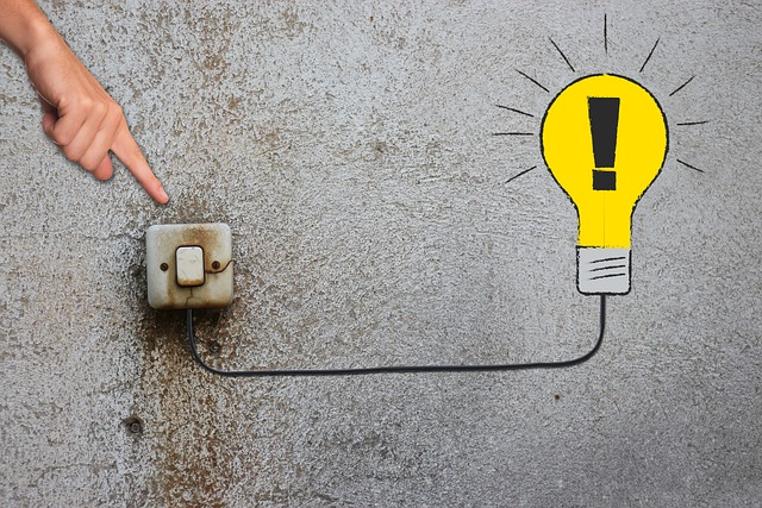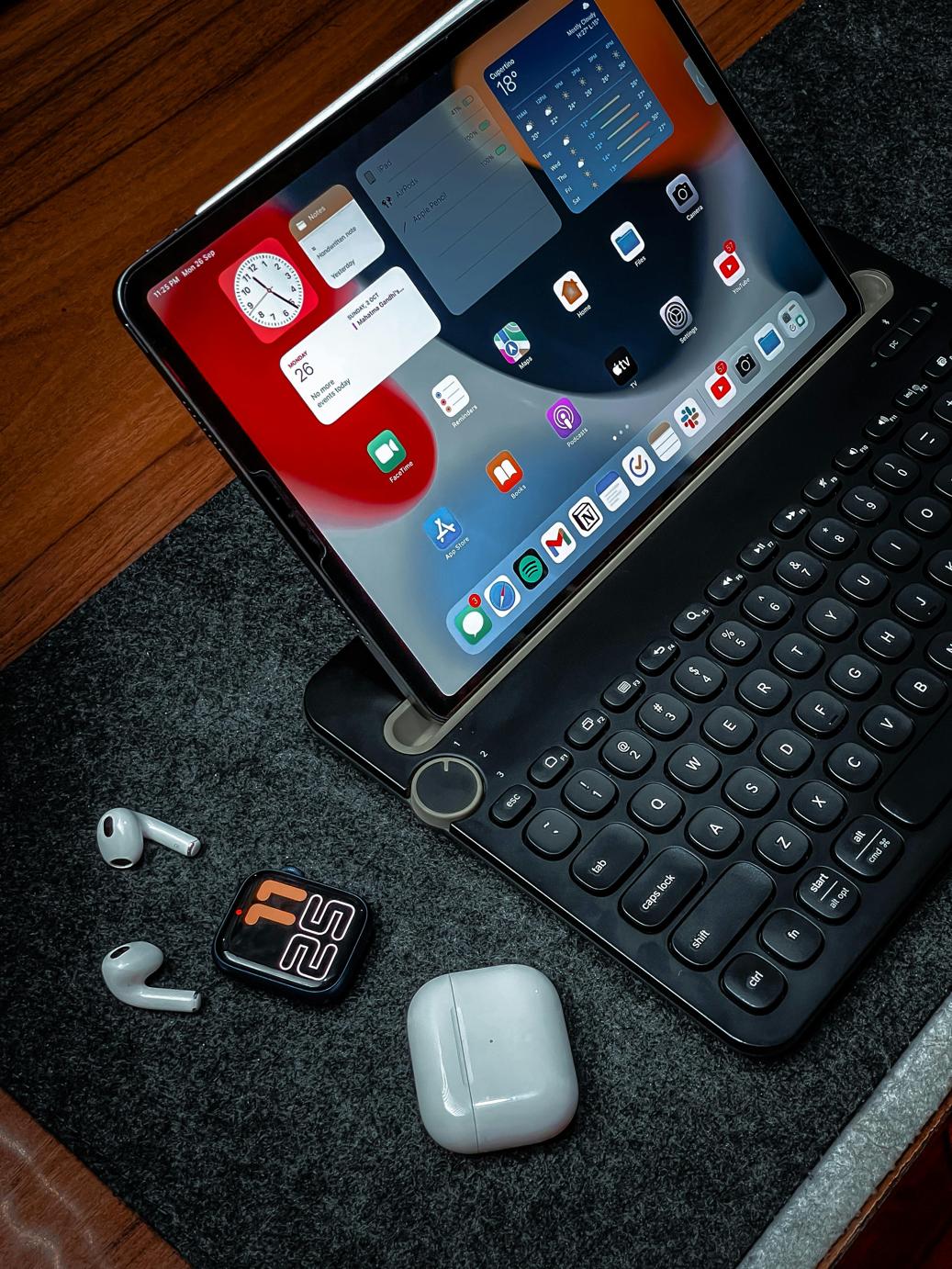How to Turn On Bluetooth on Computer
Introduction
Bluetooth is an essential feature for connecting various wireless devices to your computer, including headphones, mice, keyboards, and more. Knowing how to turn on and troubleshoot Bluetooth can save you time and ensure a smooth user experience. This comprehensive guide walks you through the steps to activate Bluetooth on different operating systems—Windows, MacOS, and Linux. Additionally, you'll find troubleshooting tips to resolve common Bluetooth issues. Follow along to make sure your Bluetooth experience is seamless across all platforms.

How to Turn On Bluetooth on Windows
Checking for Bluetooth Hardware
Before turning on Bluetooth on your Windows computer, you need to ensure that your device has Bluetooth hardware. Here’s how to check:
- Press the Windows Key + X.
- Select Device Manager from the menu.
- Look for a Bluetooth section in the device list. If it’s there, your computer has Bluetooth hardware installed.
If you don’t see Bluetooth listed, your computer may not support Bluetooth, or you may need to install hardware drivers.
Turning On Bluetooth via Settings
Once you've confirmed your computer has Bluetooth hardware, follow these steps to turn it on:
- Click on the Start Menu and open Settings.
- Navigate to Devices.
- Click on Bluetooth & other devices.
- Toggle the Bluetooth switch to the On position.
Now, your Bluetooth is enabled, and you can start pairing your devices.
Using the Quick Action Center
Windows 10 and later versions have a Quick Action Center that allows fast access to various settings, including Bluetooth.
- Press Windows Key + A or click on the Action Center icon in the lower-right corner of the screen.
- Look for the Bluetooth icon and click it to turn Bluetooth on.
The Quick Action Center is a convenient way to enable and disable Bluetooth without diving into the settings menu.
Troubleshooting Common Issues
Sometimes, Bluetooth can be tricky, and you might face issues turning it on or connecting devices. Here are a few common problems and solutions:
- Bluetooth Not Appearing in Device Manager: Update your device drivers.
- Unable to Turn Bluetooth On: Restart your computer and try again.
- Devices Not Pairing: Ensure the device is in pairing mode and within range.
Following these steps should resolve most common issues related to Bluetooth on Windows.

How to Turn On Bluetooth on MacOS
Similar to Windows, MacOS also has its own set of methods for enabling Bluetooth. Let's explore these steps.
Verifying Bluetooth Compatibility
Ensure your Mac has Bluetooth capabilities by following these steps:
- Click on the Apple menu in the top-left corner.
- Select About This Mac.
- Click on System Report and navigate to the Bluetooth section.
If Bluetooth hardware is listed, your Mac supports Bluetooth.
Enabling Bluetooth via System Preferences
To enable Bluetooth on your Mac, follow these easy steps:
- Open System Preferences from the Apple menu.
- Click on Bluetooth.
- Press the Turn Bluetooth On button.
Once enabled, you can start pairing devices with your Mac.
Using the Menu Bar for Quick Access
MacOS also offers a quick way to enable Bluetooth via the menu bar:
- Click on the Bluetooth icon in the menu bar.
- Select Turn Bluetooth On.
If the Bluetooth icon is not visible, you can enable it from the Bluetooth settings in System Preferences.
Troubleshooting Mac Bluetooth Issues
If you face issues with Bluetooth on your Mac, try the following:
- Bluetooth Not Responding: Restart your Mac.
- Can't Connect to Devices: Remove the device from the list and pair it again.
- Bluetooth Not Turning On: Reset the Bluetooth module by holding Shift + Option and clicking on the Bluetooth icon in the menu bar. Select Reset the Bluetooth module.
Following these steps should help you resolve common Bluetooth issues on a Mac.

How to Turn On Bluetooth on Linux
For Linux users, the procedures are a bit different, but no less effective. Let's dive into how you can enable and troubleshoot Bluetooth on a Linux system.
Checking for Bluetooth Capabilities
First, confirm if your Linux system has Bluetooth capabilities:
- Open the Terminal.
- Type
lsusb | grep Bluetooth.
If the system lists Bluetooth hardware, you can proceed with enabling it.
Enabling Bluetooth via Settings
To turn on Bluetooth using the settings:
- Open Settings from your Linux app menu.
- Navigate to the Bluetooth section.
- Toggle the Bluetooth switch to the On position.
Command-Line Methods
For those who prefer using the terminal, you can enable Bluetooth with these commands:
- Open the Terminal.
- Type
sudo systemctl start bluetoothto start the Bluetooth service. - To enable Bluetooth to start on boot, type
sudo systemctl enable bluetooth.
Troubleshooting Linux Bluetooth Problems
If you encounter Bluetooth issues on Linux, consider these troubleshooting tips:
- Bluetooth Service Not Starting: Ensure Bluetooth is not blocked by executing
rfkill unblock bluetooth. - Device Not Pairing: Remove and re-pair the device using the Bluetooth settings.
- Bluetooth Not Detected: Update your Bluetooth driver by installing the latest updates using your package manager.
Following these methods should help you enable and troubleshoot Bluetooth on a Linux system.
General Tips for Bluetooth Connectivity
- Proximity: Ensure devices are within the range of each other.
- Interference: Reduce interference by removing other wireless devices operating at the same frequency.
- Battery Life: Ensure your Bluetooth devices have sufficient battery life.
Conclusion
Enabling Bluetooth on your computer, irrespective of the operating system, can be straightforward if you follow the right steps. Whether you're using Windows, MacOS, or Linux, this guide has equipped you with the knowledge to turn on Bluetooth and troubleshoot common issues effectively. By understanding your system's requirements and following these steps, you can ensure a seamless connection to your Bluetooth devices.
Frequently Asked Questions
Why is my Bluetooth not turning on?
There can be several reasons, including outdated drivers, disabled Bluetooth service, or hardware issues. Ensure your drivers are up-to-date and services are enabled.
How do I know if my computer has Bluetooth capabilities?
Check the device manager on Windows, system report on MacOS, or use the terminal commands on Linux to verify Bluetooth hardware.
What should I do if my Bluetooth device is not connecting?
Ensure the device is in pairing mode, within the range, and has sufficient battery life. Remove and re-pair the device if necessary.



